Featured Project
Featured Project
Creating Interventions for Student Engagement
Overview
A local elementary school noticed that some of their students in specific grade levels were underperforming in math. After distributing a survey, students cited their lack of interest was due to whole group lessons that were lecture-based and not engaging. Other students stated they had difficulty understanding some concepts in math because they did not have prerequisite knowledge for certain concepts. Teachers noted that they felt at a loss when it came to developing more effective interventions to engage their students.
By conducting a needs analysis, I determined that a scenario-based eLearning experience would help teachers identify effective and ineffective intervention strategies to help their students increase their performance and engagement. This learning solution would place teachers in realistic simulations to interact with common student struggles.
Audience: Elementary School Teachers
Responsibilities: Instructional Design, eLearning Development, Storyboarding
Tools Used: Articulate Storyline, Vyond, Mindmeister, Figma, Google Suite
Process
Using the ADDIE model of design, I developed this learning experience with the following steps:
Creating an Action Map
Writing a Text-based Storyboard
Designing Mockups for Visuals
Developing the Interactive Prototype
Finalizing and Publishing the Learning Experience
Action Map
I consulted subject matter experts (SMEs) to develop an action map that clearly outlined the main goal for the learning experience. Using Mindmeister, I created the main goal for the training, along with two primary action items to achieve the main goal, one of which being the final eLearning experience that teachers will participate in.
Text-based Storyboard
After completing the action map, I began creating a storyboard for the learning experience on Google Docs. In each part of the storyboard I detailed the contents of each slide, including titles, on-screen text, visual notes, programming notes and custom interactions for each slide.
Visual Mockups
I decided to use Vyond to design the background settings and create the character avatars to synthesize into videos for the learning experience. With the backgrounds and characters created, I began to create full mockups of the visuals for each slide using Figma to organize the progression between slides.
Interactive Prototype
Using Articulate Storyline 360, I used all of my previously created resources to develop the interactive prototype. This prototype included all of the content from my storyboard as well as the visual mockups created through Vyond and Figma. Through multiple iterations of each slide I redesigned slide layouts, tested button functionalities, implemented video interactions, and created new programming notes that led to a fully functioning learning experience.
Full Development
After receiving feedback from other instructional designers, I created my final iterations to improve the functionality and cohesion of the learning experience. I also added in AI-generated audio narration to make the experience more immersive for the learner. Button layouts and interactions were also changed based on the feedback and minor inconsistencies were corrected. The full development was completed and delivered after many iterations and improvements.
Evaluation & Results
Following training delivery, teachers completed a post-training survey to rate their satisfaction as well as comments about the training. The fully developed learning experience received a 100% satisfaction rating from all participating teachers. After brainstorming possible interventions for their math lessons, teachers implemented new interventions and saw a 50% increase in student engagement as well as a 26% increase in average post-unit assessments.
Some feedback from participants of the scenario-based learning experience included comments about the pleasing visual design, logical and sequential progression of the training, and ease of navigation. For future trainings, I would integrate a post-training survey/evaluation into the end of the learning experience and use xAPI to collect more comprehensive data about participant engagement and learning.



